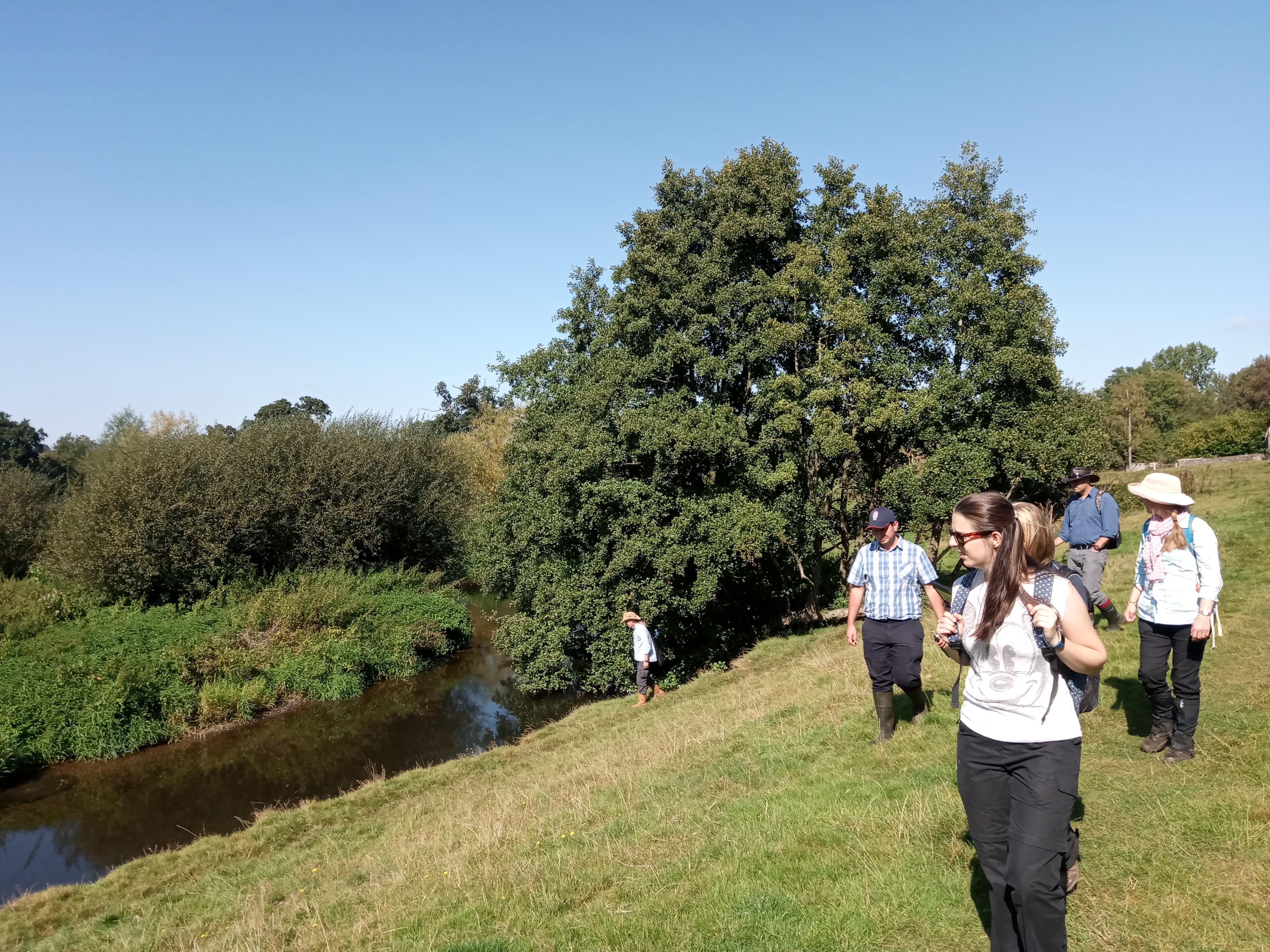Getting underway with the Connecting the Culm project
 The Connecting the Culm team have been working together for a month now. Project manager Steven Johnson has been joined by Daniel Halford from the Westcountry Rivers Trust in the nature-based solutions specialist role, and Stephen Hooper from Groundwork South in the co-creation specialist role. We have embarked on a very steep and exciting learning curve, getting to know the river and its catchments, the role it plays in the landscape and the people who live and work the land along its course. We have been meeting with the organisations and agencies who will be bringing specialist knowledge and skills to the project, and learning about similar projects that have been carried out both in the UK and on the continent.
The Connecting the Culm team have been working together for a month now. Project manager Steven Johnson has been joined by Daniel Halford from the Westcountry Rivers Trust in the nature-based solutions specialist role, and Stephen Hooper from Groundwork South in the co-creation specialist role. We have embarked on a very steep and exciting learning curve, getting to know the river and its catchments, the role it plays in the landscape and the people who live and work the land along its course. We have been meeting with the organisations and agencies who will be bringing specialist knowledge and skills to the project, and learning about similar projects that have been carried out both in the UK and on the continent.
In September, the team went on a visit to a stretch of the river within the National Trust Killerton estate and shared knowledge from the broad range of technical specialists involved in developing the understanding of the river environment and its history. This included geomorphologists, archaeologists, a civil engineer, a hydrological monitoring specialist, an engagement specialist, local agricultural specialist, and a botanist – so a very multi-disciplinary team!
A key activity in this initial stage has been working alongside environmental consultants Jeremy Benn Associates to create a baseline model of how the river and its tributaries move through the catchment at this moment in time and how it reacts in different weather events. The surveys have also recorded the many routes the river has taken in the past and the different ways it has been altered to meet the needs of a busy countryside. These findings will be put alongside habitat and wildlife surveys, water-flow and water-quality data and supplemented with local and historical knowledge to create a complete picture of the complex ecosystem we are working with. Once all this information has been put together we will start to draw up a plan to consult with the people who manage, live and work in the catchment to see how we can all work together to nurture a healthy, biodiverse and productive landscape that can thrive naturally and withstand weather patterns ranging from one extreme to the other and everything in between.







